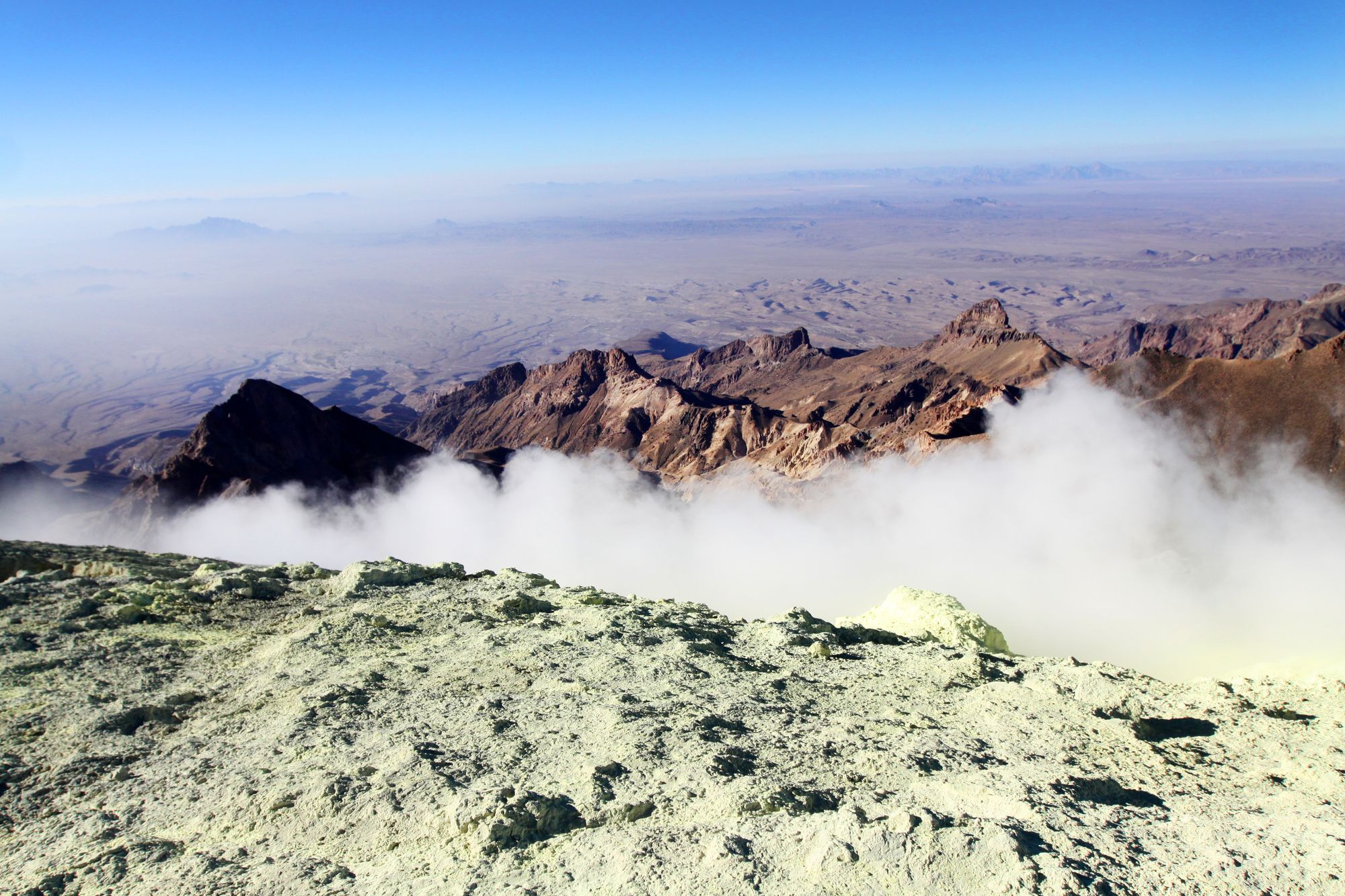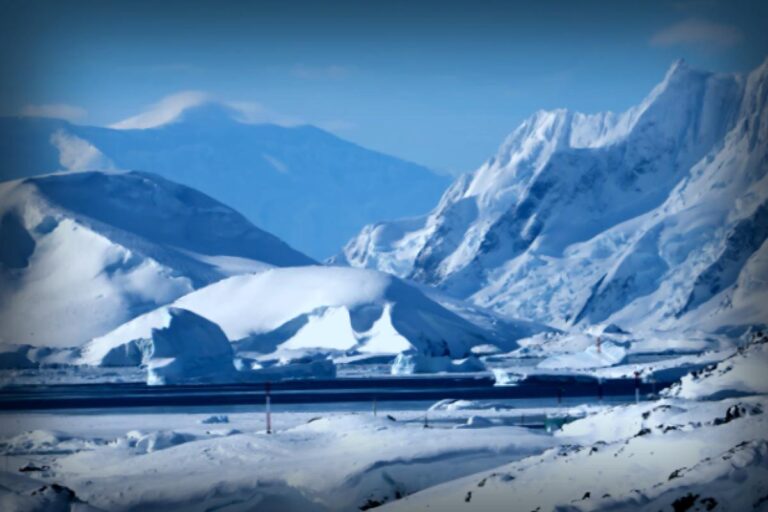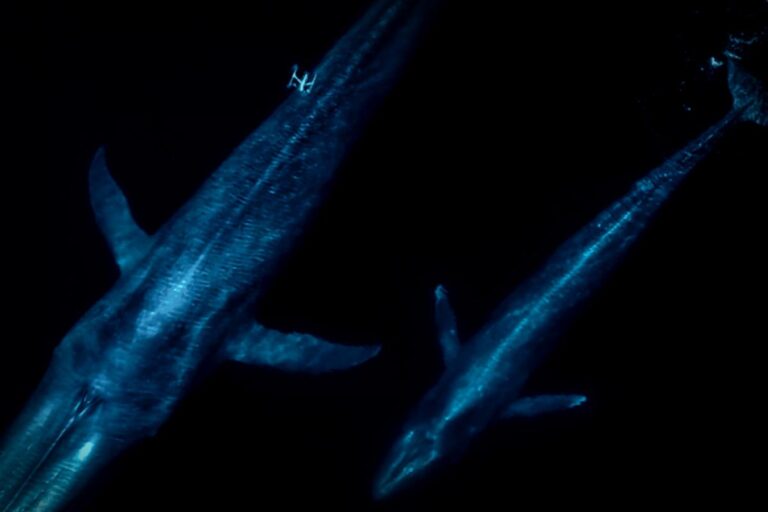There’s some buzz among scientists about a volcano right by the Iranian-Pakistani border that looks like it might come back to life after centuries of dormancy. According to recent studies, the Taftan volcano, previously accepted as inactive for over 700,000 years, is starting to show activity.
The findings published in Geophysical Research Letters suggest that the volcano’s summit has risen 3.5 inches from July 2023 to May 2024 and it hasn’t settled back down since then.
This increase hints that there’s a serious build-up of gas pressure beneath the surface. Volcanologist Pablo Gonzalez, the study’s senior author, pointed out to Live Science that this build-up will eventually need to be released, whether through a violent eruption or a quieter emission.
While Gonzalez assured that there’s no immediate danger of an eruption right now, he emphasized the importance of keeping a close eye on the situation.
“The goal of our study isn’t to scare anyone. It’s really a call to action for local authorities in Iran to allocate some resources to monitor this,” he explained.
Local residents had already started noticing gas emissions back in 2023, with reports of a distinctive odor detectable from as far as 30 miles away from the summit.

At an impressive height of 12,927 ft, the Taftan volcano is the tallest in southeastern Iran, overshadowing the neighboring smaller peaks formed from the Arabian ocean crust.
Due to its isolated position, it’s tough to conduct thorough monitoring and capture clear images. However, doctoral student Mohammadhossein Mohammadnia teamed up with Gonzalez to utilize satellite imagery in assessing the volcano’s growth.
The recent swelling is likely a result of changes in the hydrothermal plumbing underneath the volcano, leading to either gas build-up or shifting magma, according to the scientists.
The research team is actively observing the volcano, collaborating with other experts to further investigate.




















